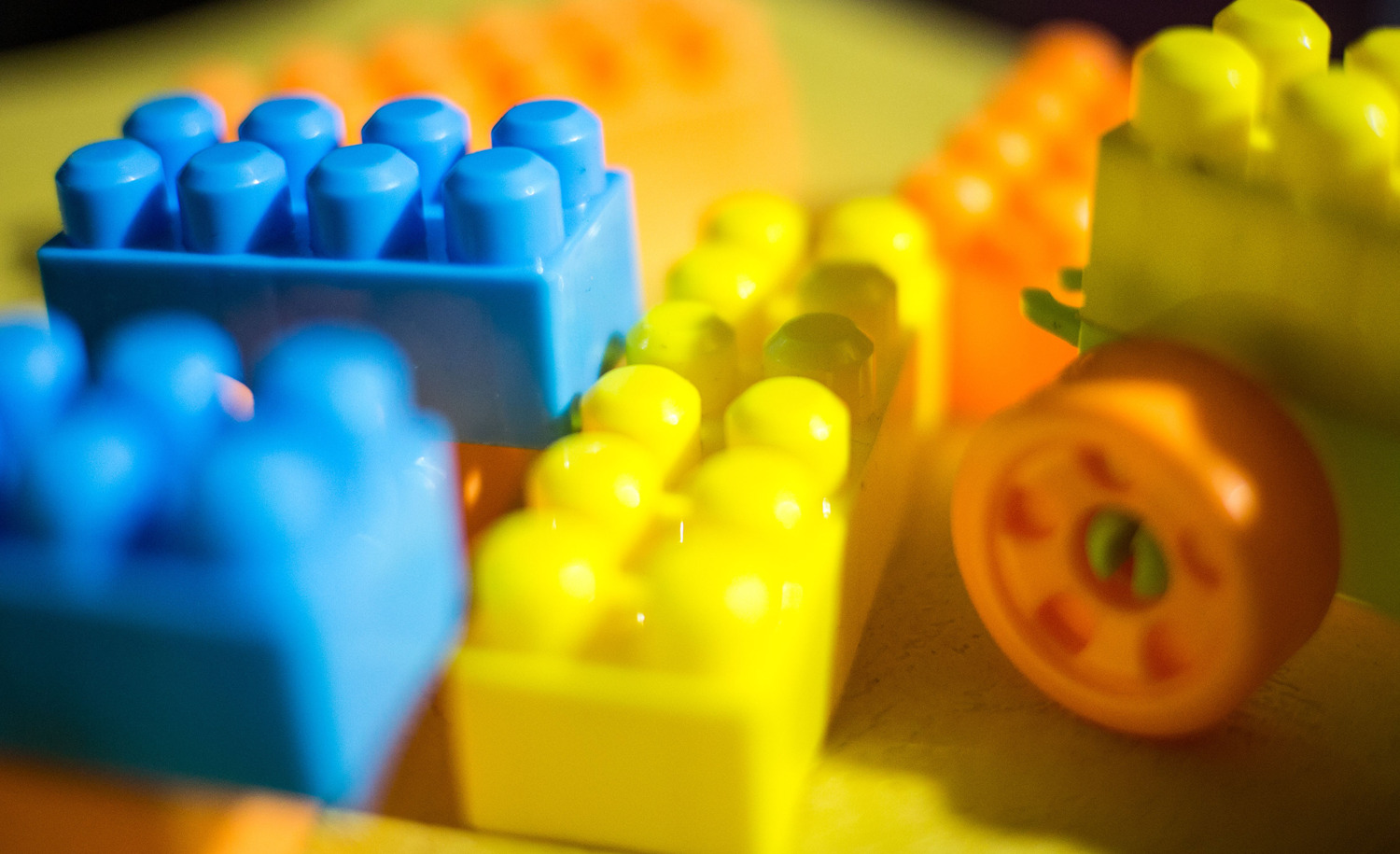Register now and start:
- Accessing PAR Training
- Shopping PAR products & tools
- Using online assessments with PARiConnect


As school psychologists, we are always looking for fun and innovative ways to help students. What better way to do that than to use a medium they already love? LEGO bricks!
LEGO therapy was developed by Dr. Daniel LeGoff in 2004 and is considered a type of play therapy. Although it’s discussed more widely in the community of people with autism, it truly is useful for any child in need of increased social skills. In my practice as a school psychologist, I ran multiple LEGO therapy groups over the years, with teachers overwhelmingly reporting positive results.
Although there are some variations on how a LEGO social skills group can be run, in general there are three students in the group, each with a role. The roles change each session and include:
To begin a LEGO social skills group, you will need an age-appropriate LEGO kit that suits the interests of the students you will be working with. The adult facilitator (YOU!) oversees the group, making sure things are running smoothly, the students are staying in line with their roles, and discussions about different social skills topics are addressed as they arise. Such topics may include impulsivity, turn-taking, listening to others, empathy, sharing, persistence, or problem solving.
Although there is a limited amount of research on LEGO therapy, the research that has been completed has identified several benefits, including:
Incorporating a LEGO social skills group into your practice can be a fun way to teach children important skills while providing them with a wealth of benefits. Have fun building!
References
Barakova, E., Bajracharya, P., Willemsen, M., Lourens, T., & Huskens, B. (2015). Long-term LEGO-based therapy with humanoid robot for children with ASD. Expert Systems: The Journal of Knowledge Engineering, 32(6), 698–709.
Boyne, S. (2014). An evaluation of the LEGO therapy intervention used to support children with social communication difficulties in their mainstream classroom [Unpublished doctoral thesis]. University of Nottingham.
Evans, C., Sanders, D., & Knight, R. (2012). LEGO-based therapy club for children with high-functioning autism and Asperger’s syndrome. Clinical Psychology Forum, 262, 18–21.
Narzisi, A., Sesso, G., Berloffa, S., Fantozzi, P., Muccio, R., Valente, E., Viglione, V., Villafranca, A., Milone, A., & Masi, G. (2021). Could you give me the blue brick? LEGO-based therapy as a social development program for children with autism spectrum disorder: A systematic review. Brain Sciences, 11(6), 702.
Owens, G., Granader, Y., Humphrey, A., & Baron-Cohen, S. (2008). LEGO therapy and the social use of language programme: An evaluation of two social skills interventions for children with high functioning autism and Asperger syndrome. Journal of Autism and Developmental Disorders, 38, 1944–1957.